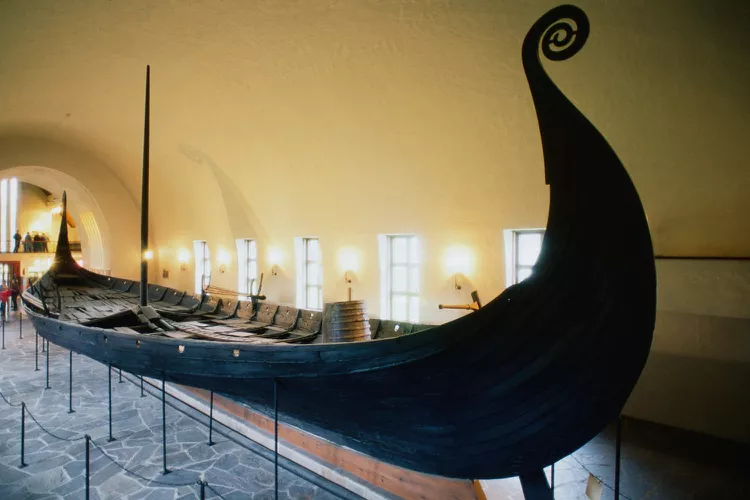Discover the Rich History of Vikings in Scandinavia
When thinking of historic Vikings, the mind instantly conjures up images of Beowulf, horned helmets, large ships, and, more to the extreme, Vikings’ raping and pillaging. However, these aspects do not define them, though they were guilty of the latter in some cases. It’s important to note that Viking history was primarily written down by the Vikings’ enemies, since they themselves did not document their history in books.
Although the Viking name is well known today, few people understand the real story of these warriors. Therefore, there are some exceptional museums in Scandinavia where you can learn everything there is to know about this fascinating period.
Viking Ship Museum in Oslo
Oslo’s Viking Ship Museum is part of the University Museum of Culture under the University of Oslo. It features various activities and events, making it a hub for Viking history enthusiasts. Located at Bygdøy peninsula, it’s approximately 10 minutes from Oslo’s city center.
The main attractions at the museum include the Gokstad Ship, the Tune Ship, and the remarkably preserved Oseberg ship. These artifacts represent some of the best-preserved Viking ships known to date. Additionally, the museum displays an array of artifacts from the chief grave at Borre, including tools and household items, offering valuable insight into daily Viking life.
The museum operates from Monday to Sunday, 9:00 am to 6:00 pm. Admission costs Nok 50 for adults, Nok 25 for children over the age of 7, and is free for children under 7. To reach the museum, you can take bus number 30 to Bygdøy, which departs every 15 minutes from the Oslo train station.

Lofotr Viking Museum in Borg
The Lofotr Viking Museum in Borg, Norway, offers a deeper exploration of Viking life. Established as one of the 15 chiefdoms in Lofotr around 500 AD, excavations have revealed the largest Viking building ever found in Europe, which has been meticulously reconstructed.
At Lofotr, visitors can join in various activities and see original artifacts. You can even witness blacksmithing in action and row a Viking ship. During the main tourist season from June 15 to August 15, broth and mead are served daily in the banquet hall. For an added experience, consider a dinner featuring lamb and wild boar, accompanied by traditional mead served by professionals in Viking attire. Guided tours also require advance bookings.
The museum’s hours during peak season typically run from 10:00 am to 7:00 pm on Wednesdays and Sundays; however, it is advisable to check the museum’s website for current operating hours. Entrance fees range from Nok 100.00 to Nok 120.00 per adult. You can reach the museum by bus from Svolvær and Henningsvær in the east or Leknes in the west.
Birka Museum in Stockholm
The Birka Museum in Stockholm, Sweden, serves as more of an archaeological site than a conventional museum. Situated on Björkö Island in Sweden’s capital, it offers insights into the lives of those who inhabited the island centuries ago. Most notably, Birka emphasizes the role of archaeology as a discipline, exploring what it reveals about history.
Founded in the late 8th century as a trading port, Birka flourished until its abandonment at the end of the 9th century, a decision shrouded in mystery. Recent excavations have revealed graves, iron armor, weapons, and the remains of a bronze foundry.
The Viking Age, which began in 793 AD with the sacking of the Lindisfarne monastery and concluded with the death of Harold Hardrada in 1066, forms a crucial part of Scandinavian history. This period encompasses three northern European kingdoms—Denmark, Norway, and Sweden—rooted in several Germanic tribes. The Germanics evolved into Old Norse, leading to the identity of the Norsemen. This era is characterized by significant battles and rich mythological narratives. Therefore, if visiting museums isn’t entirely to your liking, consider participating in a guided Viking tour or attending annual Viking events. Whichever path you choose, magnificent memories await you.





